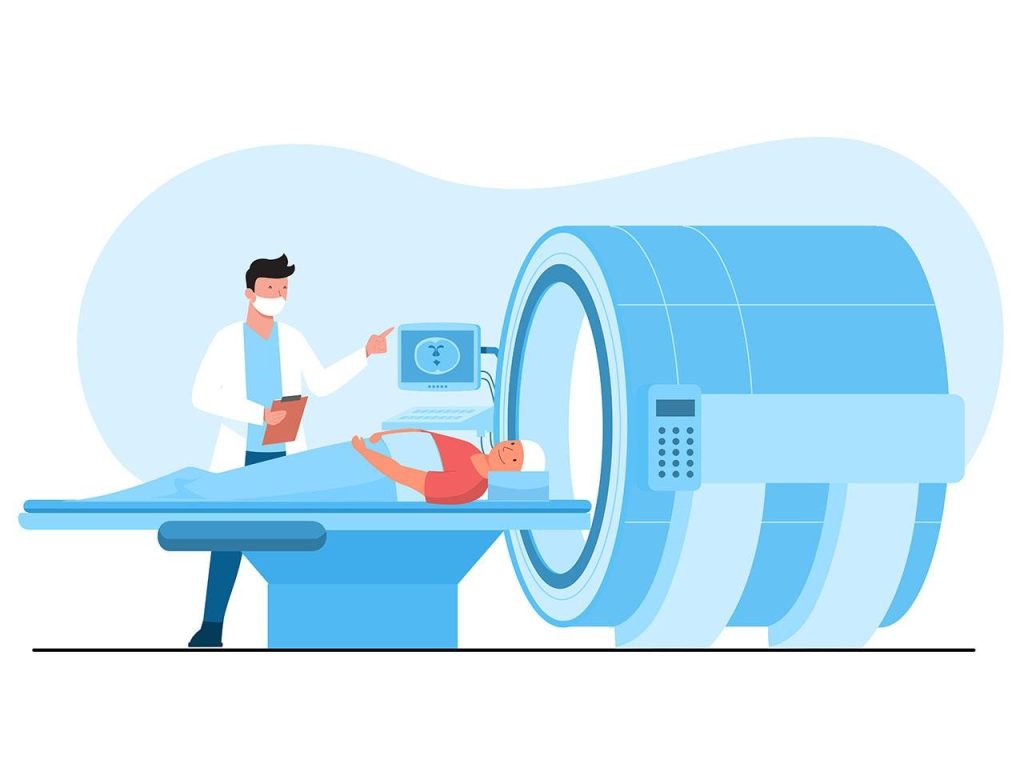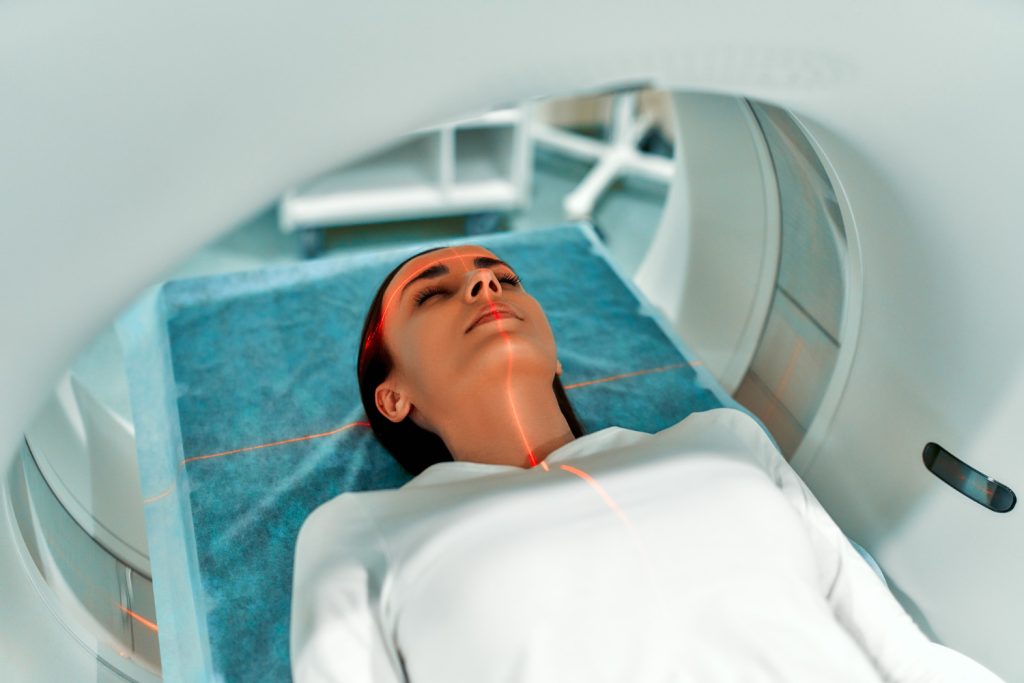When facing a diagnosis that requires radiation therapy, it can be daunting and overwhelming – the idea of radiation going through your body to treat cancer is both scary and confusing. We want you to know that you are not alone. Radiation therapy has come a long way in recent years, offering improved accuracy, lower risk of side effects, shorter treatment times, and less fatigue than ever before. Whether you or someone close is just beginning their journey with radiation therapy or have been through treatments several times over, this post aims to provide helpful information on what radiation therapy really is and how best to prepare for it at every stage of the process.
What is Radiation Therapy and How Does it Work
Radiation therapy is a widely used treatment for many types of cancer. It uses high doses of radiation to destroy cancer cells while minimizing damage to healthy tissues. Usually, the radiation is delivered from outside the body using an X-ray machine or linear accelerator and works by damaging the DNA inside the cancer cells. There are also internal radiation therapies available, where a very small object such as a small metal rod is inserted directly into a tumor to deliver radiation more precisely. The radiation therapy process typically takes 2-9 weeks and can be administered in treatments that last from minutes to hours, depending on the area being treated. Most patients will receive some form of anesthesia prior to each treatment session. Doctors use formulas and diagrams to carefully plan out the best dose, length, and duration of each treatment and doctors also work with other members of the medical team like engineers and physicists who specialize in radiotherapy techniques designed for maximum efficacy. Side effects vary depending on the part of the body affected but may include fatigue, nausea, weight loss, diarrhea, blisters or skin discoloration, hair loss at the site of treatment, or swelling in some areas. As challenging as it may seem, those who undergo radiation therapy can take comfort in knowing that modern technology has made this important cancer treatment safer and more effective than ever before – helping countless survivors reclaim their health at every stage of life with outstanding results!

Types of Radiation Therapy
There are various types of radiation therapy available that can help you in your journey toward a healthier life. Whether you are dealing with cancer or another problem radiation has been recommended for, it is important to explore what therapies are available. Your doctor can provide more information about the particularities of each type of therapy and guide you in making the best choice for you. Generally, there are traditional external beam radiation therapies as well as high-dose rate brachytherapy and low-dose rate brachytherapy. All options aim to attack the targeted cancer cells while minimizing exposure to healthy parts of the body and reducing side effects from treatment. Additionally, preventive radiation may be recommended which involves a lower-intensity dose over a longer timeframe to avoid potentially dangerous complications from developing later on. Ultimately, understanding these various forms of therapy will give you control over your treatment journey, allowing you to make informed decisions that best suit your needs.
Preparing for a Radiation Treatment
Preparing for a radiation treatment can be intimidating, but it’s important to gather as much information as you can before going through the treatment. Make sure you know what type of radiation you’re getting and why it’s necessary. Ask your doctor questions if there is anything you do not understand. Additionally, ask about potential side effects so that you can be prepared for any changes that may occur during or after the treatment. Discuss any special instructions such as dietary restrictions with your doctor before starting. Get help from family and friends if you need support in understanding or completing the treatments. Finally, Communicate with your care team if you begin to feel discomfort, pain, or have concerns about the process. Remember, getting as much information ahead of time will ensure that your radiation treatment is successful.
Side Effects of Radiation Therapy
Radiation therapy has helped many people suffering from cancer by zapping away tumors, but it comes with side effects. It is not only important to recognize the common symptoms associated with radiation therapy, but it is also helpful to understand ways you can cope. Generally speaking, some of the most frequent side effects include fatigue, skin reactions such as redness or dryness, nausea and vomiting, and diarrhea. Additionally, radiation can cause changes in taste and difficulty swallowing. While these can be tough for patients to snatch through with comfort, there are some methods of coping that could bring relief. Increase your amount of rest throughout the day and focus on eating healthy meals. Drink plenty of water and avoid eating food that could further irritate your stomach or throat. Lastly, talk to a doctor about if specialized treatments may help restore lost body tissues after radiation therapy. These potential solutions can help provide comfort during this challenging time, allowing patients to take back control of their own health journey.

Dealing with Lifestyle Changes During Radiation Therapy
Managing lifestyle changes during radiation therapy can be a challenge. It is important to remember that each person’s experience with radiation therapy will be unique, as every individual’s treatment and daily routine looks different. During this process, it is helpful to remember the importance of self-care and focusing on physical and emotional well-being; simple adjustments like scheduling in relaxation time or making healthier food choices can be beneficial. Additionally, although family and loved ones are wonderful support systems, they may not understand what you are going through completely. It can therefore be beneficial to find a support group that is specific to those experiencing radiation therapy where you can find resources and tips from others who relate to your situation. Ultimately, finding creative ways for adjusting to this new normal – such as discovering new hobbies or joining new clubs – will help increase feelings of contentment, acceptance, and well-being over the course of your radiation therapy treatment journey.
Aftercare for Radiation Therapy
Radiotherapy is a common treatment for many types of cancer, and steps can be taken to ensure a successful recovery. Good nutrition and hydration are very important for helping the body repair itself, so it’s important to drink adequate water and focus on consuming nourishing foods such as fruits, vegetables, and proteins. Resting and taking breaks throughout the day are also paramount for letting the body heal properly. Making sure to get plenty of sleep at night, and naps during the day if needed, help provide energy, reduce stress levels, and restore balance. Last but not least, exercise is recommended as it boosts endorphins in the brain, helping you relax and feel better physically. Recovery after radiotherapy takes time – if you follow these simple tips you can rest assured that your body will repair itself faster so that you may return to your daily activities feeling healthy and vibrant.
Radiation Therapy can be a daunting prospect, but with knowledge and preparation, you can ease the process. Every patient’s experience is different, so it is important to discuss any potential side effects with your healthcare provider in advance. Remember that this treatment does not need to be endured alone—make sure you speak up if you need additional guidance along the way. Embrace the lifestyle adjustments that come with Radiation Therapy and look for resources to help you in your journey. With proper precaution and mindful effort, Radiation Therapy can become an effective tool in your cancer treatment plan and a pathway to healing aftercare.
FAQ
Radiation therapy eliminates abnormal cells by using high-energy particles or waves, with precision targeting on specific areas of the body. It is commonly used to treat cancer and can reduce tumors when combined with other treatments or as part of palliative care. Discussing options with your doctor beforehand is crucial for making informed decisions.
Radiation therapy targets cancerous cells using high-energy gamma rays or x-rays. It kills or damages cells at the treatment site and stimulates an immune response to fight remaining cancer cells. Combined with other therapies, it aims to destroy cancer while minimizing damage to healthy cells. Doctors monitor treatments and manage side effects.
Radiation therapy is a powerful treatment for cancer and other conditions, but it comes with risks. Side effects can range from mild to severe and depend on the region treated, radiation type, dose given and number of treatments. While side effects can be unpleasant, they usually subside after treatment. With proper care and guidance from an experienced medical professional, the risks can be managed.